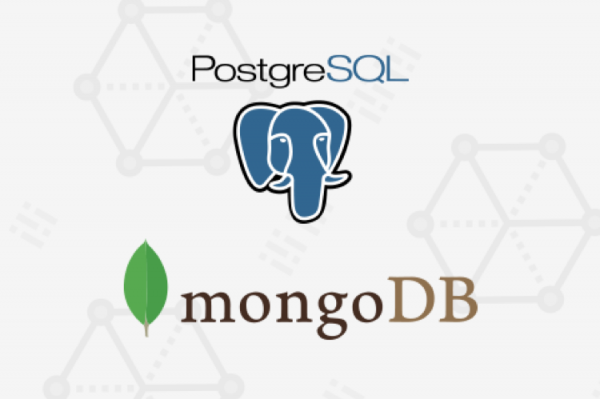YugabyteDB High Availability and Transactions for PostgreSQL and MongoDB Developers
In this post, we comparethe high availability and transactions architecture of PostgreSQL and MongoDB to that of YugabyteDB.

In this post, we comparethe high availability and transactions architecture of PostgreSQL and MongoDB to that of YugabyteDB.

In this post, we reviewed the building blocks of the YugabyteDB and mapped them to the corresponding concepts (if any) in PostgreSQL and MongoDB.

FoundationDB enjoys a unique spot in the transactional NoSQL space given its positioning as a basic key-value database that can be used to build new, more application-friendly databases. Given that many of the guarantees provided by its core engine (such as multi-shard ACID transactions and high fault tolerance) are similar to those provided by the YugabyteDB database, our users often ask us for a comparison. These users are essentially trying to understand whether they should build their app directly using one of the three YugabyteDB APIs or should they explore/build a new database layer on FoundationDB first.
…

This benchmarking blog comparing YugabyteDB vs CockroachDB highlights key differences in handling distributed SQL workloads, emphasizing performance and feature advantages.

This post delves into the technical requirements of fast-growing geo-distributed applications with low latency reads and explores the limitations of Amazon DynamoDB for this use case, as well as alternative solutions such as MongoDB, Apache Cassandra, and YugabyteDB, a high-performance distributed SQL database.

Let’s look at the evolution from RDBMSs to NoSQL databases to handle massive data and complex operations.